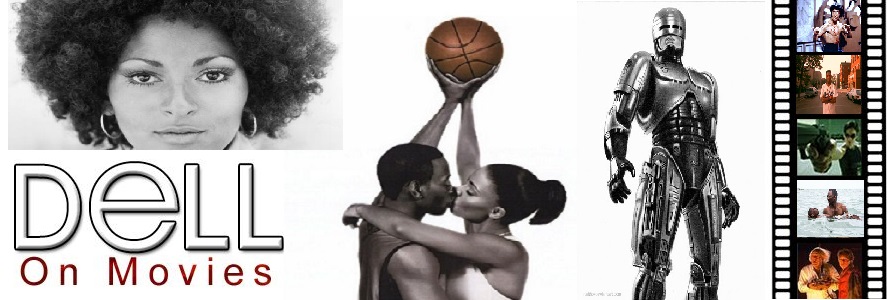Directed by Ken Burns, Sarah Burns, and David
McMahon.
2012. Not Rated, 119 minutes.
Cast:
Antron McCray
Kevin Richardson
Yusef Salaam
Raymond Santana
Korey Wise
Rev. Calvin Butts
Raymond Santana Sr.
Natalie Byfield
Ed Koch
Way back in April of 1989, I was a high school senior in
Queens, NY counting down the days until graduation. Having already enlisted in
the U.S. Army, I was going to be on my way to New Jersey for basic training
shortly after that joyous event. It was then that news broke of The Central
Park Jogger Case. A woman was found unconscious in the famed park, having been
savagely beaten and raped. Back then I was in the habit of reading the
newspaper every day and followed the story this way, as lots of New Yorkers
did. Within a few days a group of five teenage boys, ranging in age from
fourteen to sixteen, were arrested and charged with the crime to which they
confessed. In my seventeen year old eyes, this was pretty much the end of it.
There was coverage of it daily which certainly went on well past my July
departure from the city, but it appeared to be an open and shut case. Indeed,
they were all convicted and sent to jail.
Turns out, there was lots more to the case than I thought.
There was never any evidence against any of these kids. They happened to be in
the park that night, with as many as twenty-five boys all total, but nothing
linking any of them to the rape. The state’s case against them was based solely
on the strength of the separately video-taped confessions of each of the boys. Never
mind that each of their stories was wildly different than the rest. The point
is, they said they did it. The only question was whether these confessions were
coerced or not. They were. That might seem like a spoiler, but it’s not. The
important part is the odyssey it took to bring this to light. The
Central Park Five, co-helmed by documentary god Ken Burns, explores
the case from the night the jogger’s body was discovered by some people passing
by up to the present.
The documentary does a wonderful job of capturing the
atmosphere of the city at the time. We get the sights and sounds of the day. We
see a bleak urban landscape, and occasionally some late 80s hip-hop to go with
the soliloquys of the various people involved and others who studied the case.
We also see many headlines and snippets of newspaper articles, including
editorials damning the boys to the lowest realms of hell. For me, this is a
harsh reminder of how fractured and volatile a place New York was.
The boys are all grown now and the ordeal still brings tears
to their eyes. The all speak about it with unbridled passion, this being their
first reach chance to tell their side of the story. Surprisingly, for guys who
had a large chunk of their formative years taken away, they come across as
bright, reasonable, and mostly articulate men. None of them exhibit the
bitterness they might be expected to harbor. Granted, they have now had some
time to cope with it, but it’s still commendable. Their family members alo shed
a few tears. Thankfully, these eventually become tears of joy and/or relief as
things finally turn in their favor fourteen years later.
The one thing this movie lacks is something it could never
have. From archived footage, we get news clips of then New York City Mayor Ed
Koch, prosecuting attorneys Linda Fairstein and Elizabeth Lederer, plus various
police officers involved in the original investigation. Of these people, all
but Koch declined to appear currently. He is the only person interviewed for
this documentary on record proclaiming the guilt of these kids back in 1989.
Even knowing the facts as we know them today, he is still reluctant to say he
was wrong. However, give the man credit. He shows up and speaks about how the
entire thing played out from his vantage point in the mayor’s office. Still, he
was never actually a part of the proceedings. How could he be? He had a city to
run. Many of the people who were involved still have much to lose by an
admission of wrong-doing and/or negligence. I fully understand why the would
refuse to appear in such a film. That doesn’t stop me from badly wanting to see
them and hear them speak to the matter at hand.
The Central Park Five is a movie that
reveals a certain truth. That truth is that guilt and innocence are easily
manipulated perceptions. Perception gives us the ability to ignore facts. After
all, as the old saying goes, perception is reality. On a more grounded level,
it is a horrifying tale about gross abuses of power, both illegal and incompetent
police work, mob mentality and racism. It details a justice system run amok,
one swift to punish those perceived as offenders and hesitant to correct itself
when proven wrong, if it does at all. The scariest part of all this, the part
left unsaid, is that we know similar things have happened in other cases and
continues to happen. Powerful does not even begin to describe this movie.




No comments:
Post a Comment